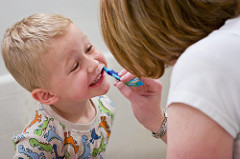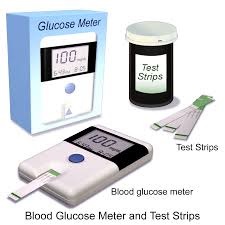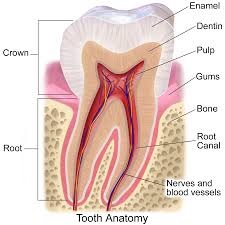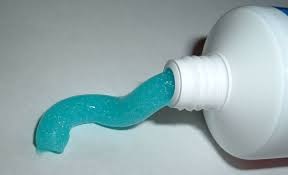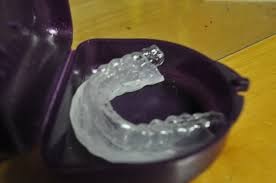 February is Children’s Dental Health Month.
February is Children’s Dental Health Month.
When do you think a child should go to the dentist for the first time? The answer may surprise you.
The American Dental Association recommends that children see a dentist within six months of getting their first tooth. Furthermore, the ADA says that all children should see the dentist no later than their first birthday, regardless of how many teeth have erupted by then. At this first pediatric visit, the dentist will examine the gum, any teeth that have broken through, as well as the tongue and jaw. Be aware that cavities can be present in teeth, even before they have erupted through the gumline.
Cavities still plague many young people and account for many days of missed school and missed work time for parents. According to the National Institute of Dental and Craniofacial Research, 42% of children ages 2-11 have cavities in their baby teeth. Parents and caregivers mistakenly believe that the baby teeth are “disposable” and that cavities in them are not significant. They could not be more wrong. Cavities can cause pain, issues with eating, and impact the gum. Cavities need to be treated with cleaning and filling. Pulling teeth is not usually an option, as this causes misalignment.
Early intervention and working in partnership with a dentist to take care of children’s oral health care needs are paramount. Habituating your children to visit the dentist regularly sets up good oral health habits for life and prevents serious dental issues.
